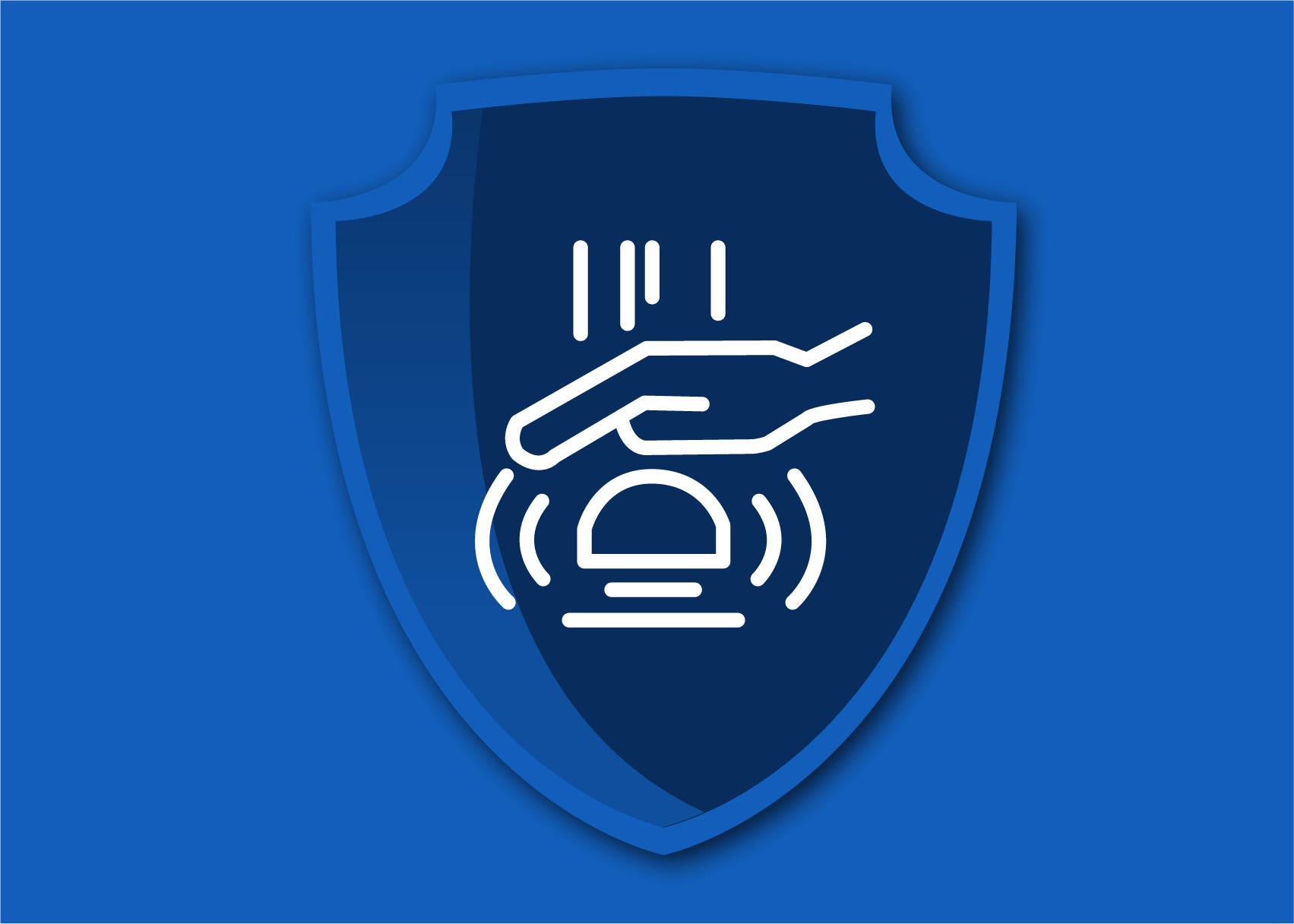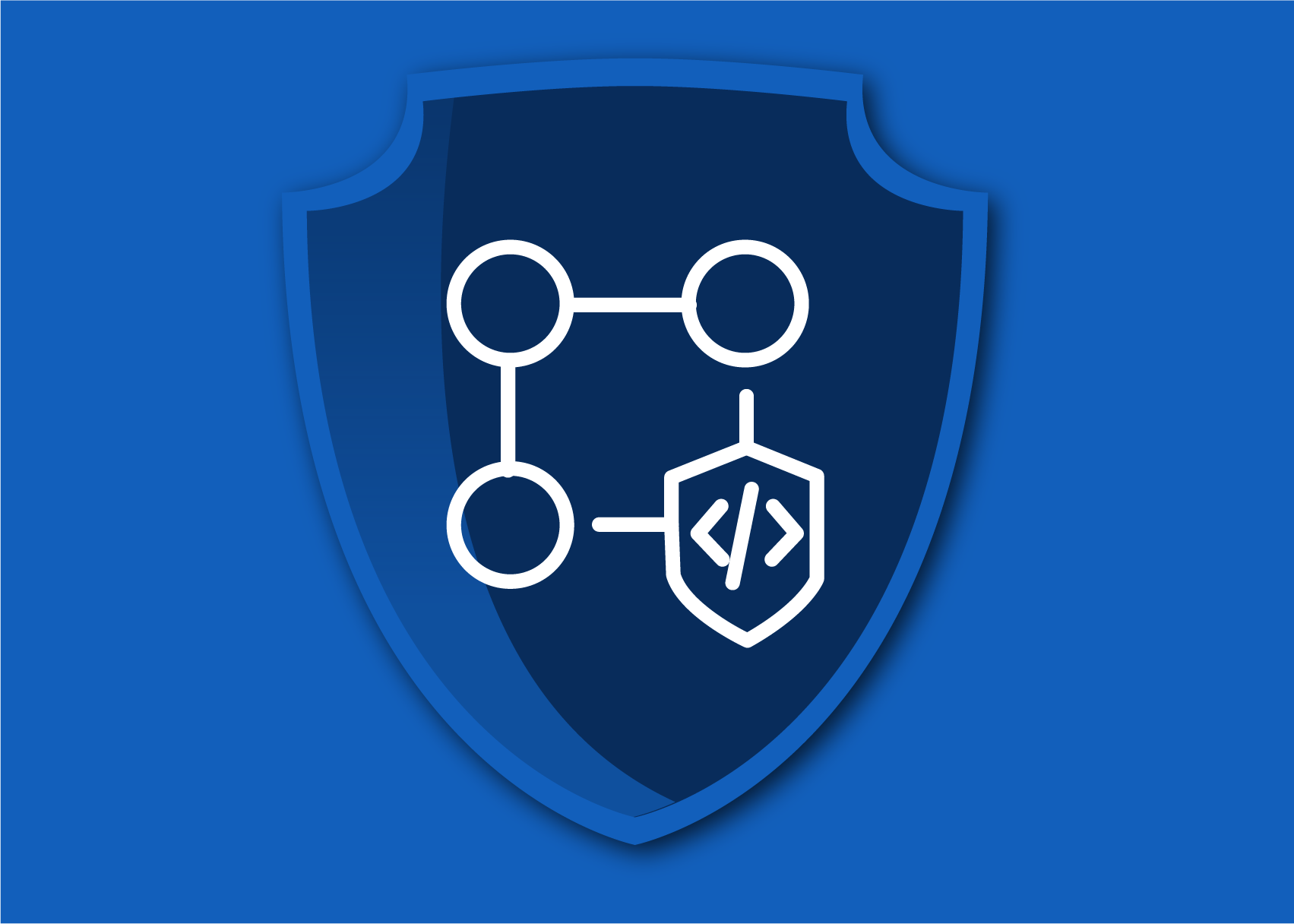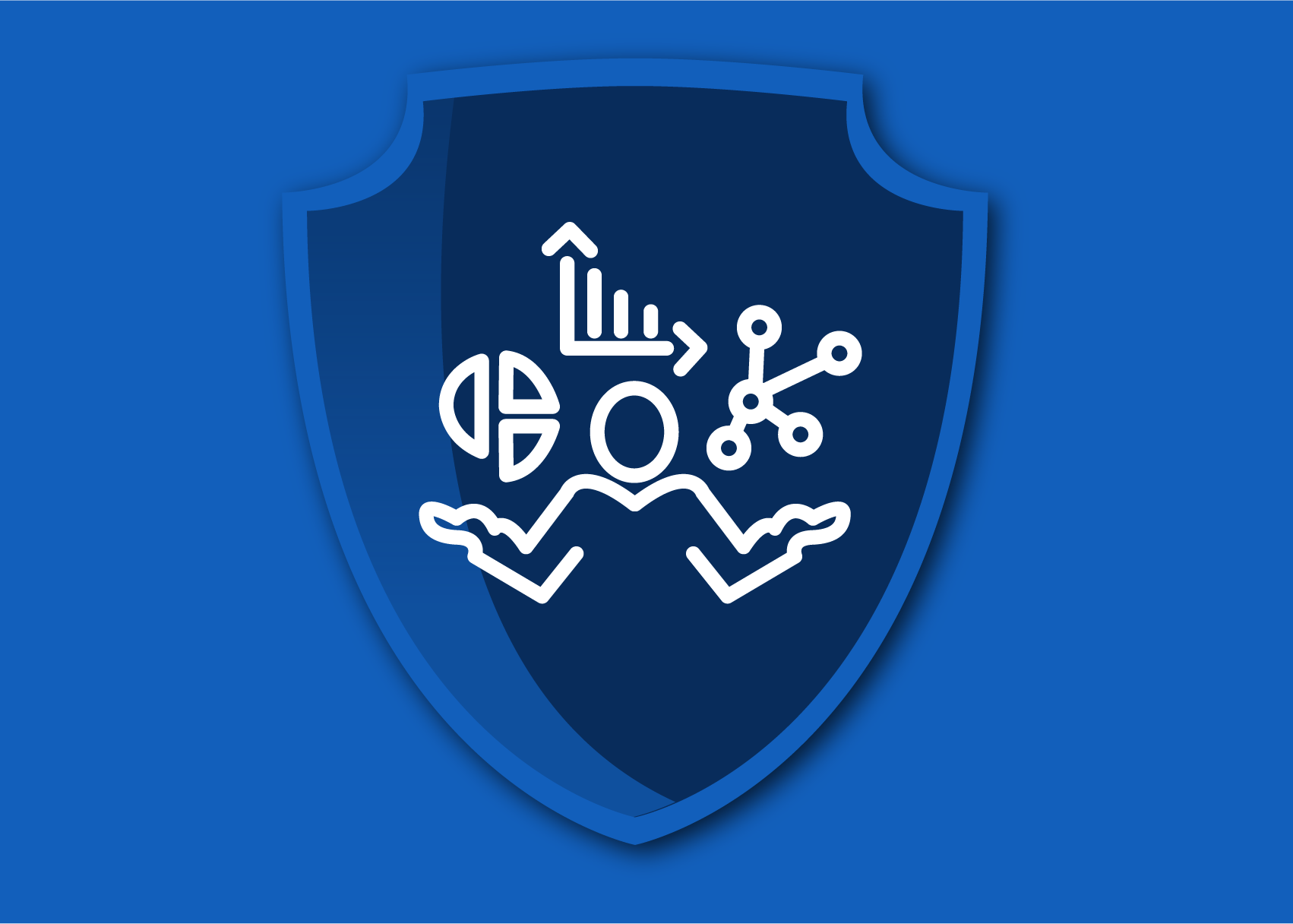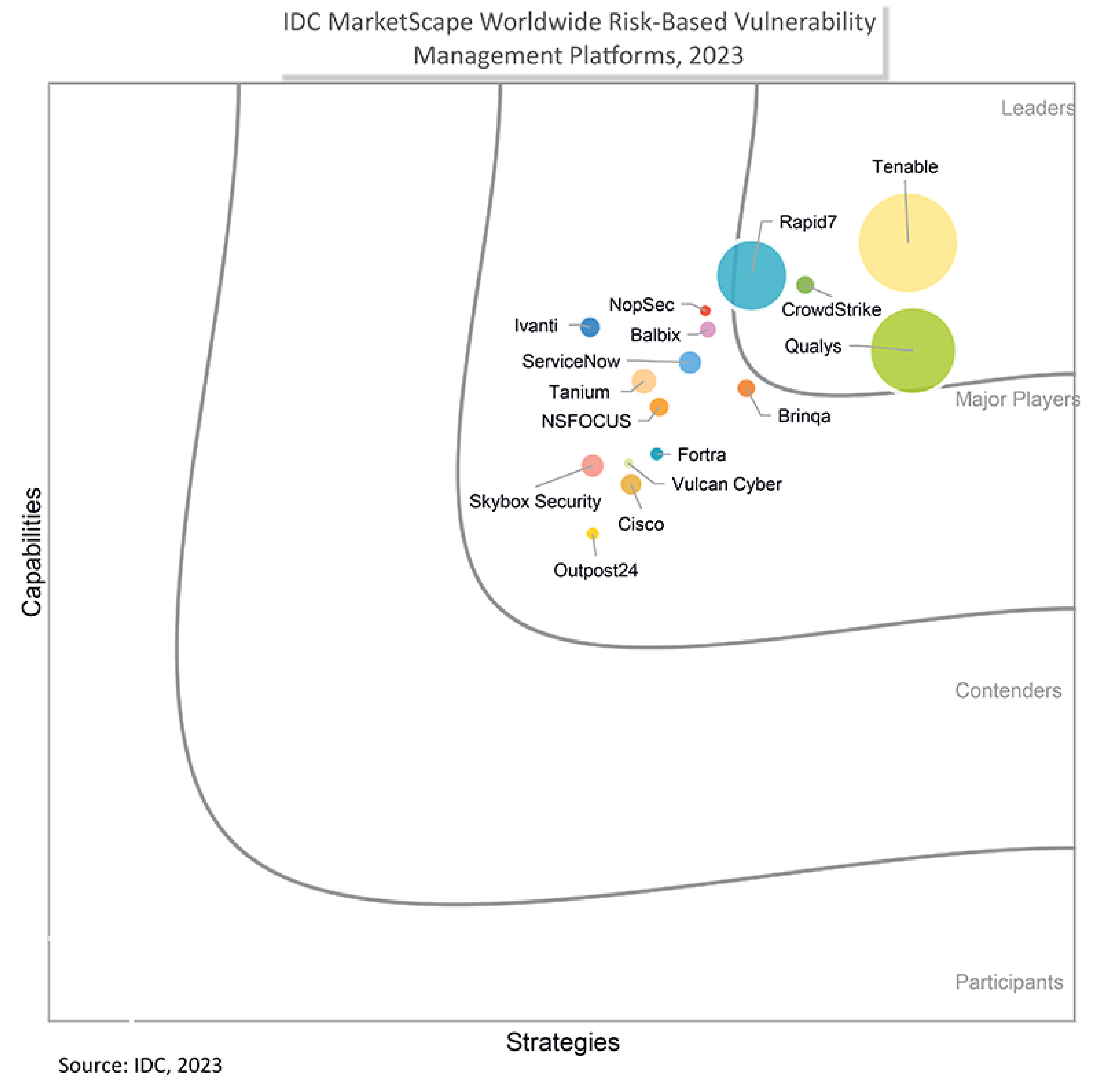

Reactive Security Programs
The real work of reducing risk is a proactive effort that needs to take place daily and consistently over weeks, months and years. Modern, proactive cybersecurity requires the ability to: Continuously assess the attack surface; understand the interconnectedness of users, assets and systems; and take steps to address vulnerabilities, fix misconfigurations and harden user identities and access privileges long before they’re on the radar of an attacker.

Siloed Security
There are many valid reasons, from an organisational structure standpoint, for security programs to be siloed. But a security program built upon a hodgepodge of technologies, all of which serve a bespoke function, makes it virtually impossible for security teams to effectively reduce risk. To achieve this, cybersecurity teams need a unified, predictive and proactive way of managing exposure across the entire attack surface.

Using Data Effectively
There is too much information being churned out daily by myriad security tools with no contextual way to analyse it. Security teams are left with few options for achieving a unified view of their attack surface but to dump the data into spreadsheets, validating the old joke that Excel is the most widely used security tool in the world. Managing exposure across today’s massive, complex and ever-changing attack surfaces requires the kind of constant decision-making, collaboration, and prioritisation that simply cannot be achieved using spreadsheets. Concise, meaningful, and impactful output is what’s needed in order for security teams to perform to the best of their abilities.

What is Exposure Management?
Exposure management refers to the process of gaining complete visibility across the organisation’s attack surface with the end goal of identifying, evaluating, and mitigating risks that can potentially affect operational resilience, financial stability, and business continuity.

How Can Exposure Management Help?
Exposure management helps an organisation:
a. Gain comprehensive visibility across the modern attack surface.
b. Anticipate threats and prioritise efforts to prevent attacks.
c. Communicates cyber risk to make better decisions.
By going beyond traditional vulnerability management, exposure management enables your organisation to understand cyber risk so you can make more effective business decisions based on technical and business context that precisely identifies threats.
Tenable Is What You Need!
Tenable is a leading exposure management company that empowers organisations to understand and reduce cyber risk. It is trusted by more than 40,000 enterprises around the world to help them understand and reduce cybersecurity risk across their attack surface—in the cloud or on-premises, from IT to OT and beyond. Its goal is to arm every organisation, no matter how large or small, with the visibility and insight needed to answer four critical questions at all times:
a. Where are we exposed?
b. Where should we prioritise based on risk?
c. Are we reducing our exposure over time?
d. How do we compare to our peers?
Visit the Tenable website to find out more.
Click Here to Find Out More.
Named by IDC as a Leader for Risk-Based Vulnerability Management.
IDC highly recommends Tenable to “organisations that want to consolidate their exposures into a unified platform so that they can be viewed holistically and prioritised,” describing it as “one of the few vendors that bring in identity exposure data from Active Directory to show customers how they can cut off attack paths that reduce risk.”
Learn More About Tenable’s Recognition as a Leader by IDC by Clicking This Link: